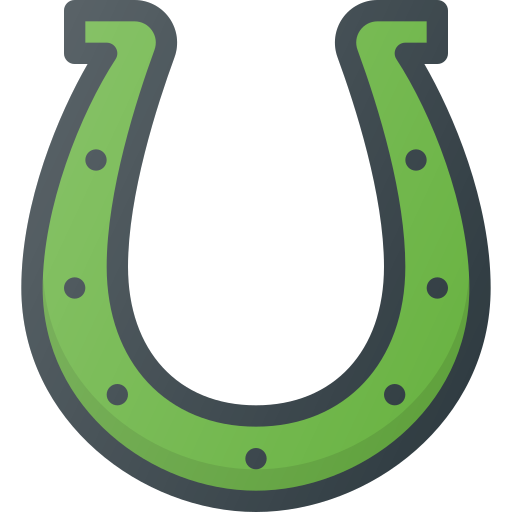The sequence is produced using a
sieve in which one begins with the natural numbers and this list is reduced by eliminating
numbers using a set of rules. The numbers remaining are termed the lucky
numbers. (Another numerical sieve is the sieve of Eratosthenes, which produces prime numbers.)
The first element of the sequence
is 1, the first member of the sequence of natural numbers. Next, in the first
application of the sieve, every second member of the sequence is removed. This
eliminates all the even numbers. The remaining sequence is 1, 3, 5, 7, 9, 11…The
next surviving, or “lucky,” element is 3. Next, the sieve removes every third
member of the remaining sequence.
Removing every third member
leaves us with 1, 3, 5, 7, 9, 11, 13, 15, 17, 19…
The next surviving number is 7,
so now every seventh member of the remaining sequence is eliminated, so we
have: 1, 3, 7, 9, 13, 15, 19…
Members of the sequence under 100
are: 1, 3, 7, 9, 13, 15, 21, 25, 31, 33, 37, 43, 49,
51, 63, 67, 69, 73, 75, 79, 87, 93, 99
The lucky number sequence has
been studied extensively and has been found to be similar to the prime number
sequence.
- Many, but not all, of the lucky number sequence’s members are prime.
- In both sequences, the pattern is irregular.
- As with the primes, the lucky numbers can appear as twins. Examples in the primes are: (5,7), (17,19), (41, 43). Examples in the lucky number sequence are: (7,9), (13,15), (31,33). Twin primes are discussed in the post: Math Vacation: Prime Numbers - a property rediscovered (jamesmacmath.blogspot.com)
- The frequency of prime numbers and lucky numbers are similar.
- The frequency of twins is similar in the prime and lucky sequences. A table comparing these frequencies is found here: MATHEWS: Lucky Numbers (archive.org)
- There exists a conjecture for the lucky numbers that is analogous to the Goldbach Conjecture for primes. That is, every even number can be expressed as the sum of two lucky numbers.
The lucky numbers are sequence A000959 is the On-Line Encyclopedia of Integer
Sequences.
A listing of the first 200,00 members
of this sequence can be found here: oeis.org/A000959/b000959.txt




No comments:
Post a Comment